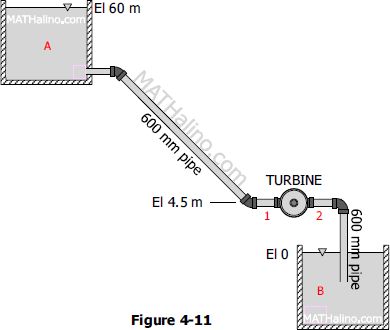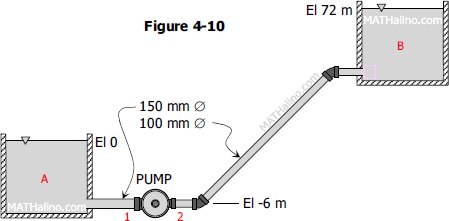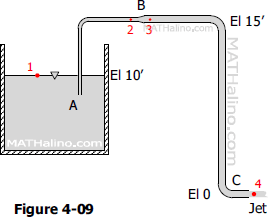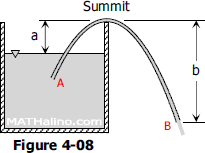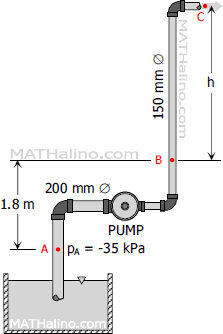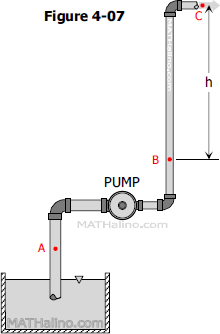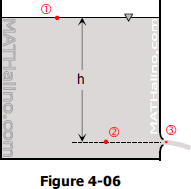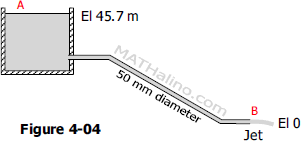How Far An Object Has Fallen If Its Velocity Is 80 Feet Per Second
Problem
The formula $v = \sqrt{2gh}$ give the velocity, in feet per second, of an object when it falls h feet accelerated by gravity g, in feet per second squared. If g is approximately 32 feet per second squared, find how far an object has fallen if its velocity is 80 feet per second.
| A. 80 feet | C. 70 feet |
| B. 100 feet | D. 90 feet |

